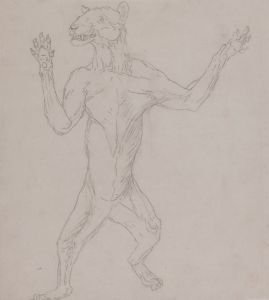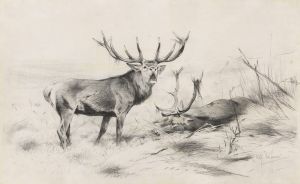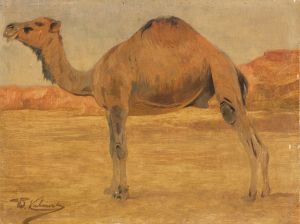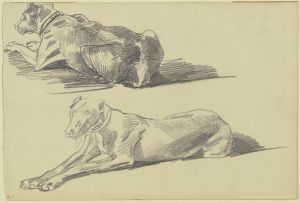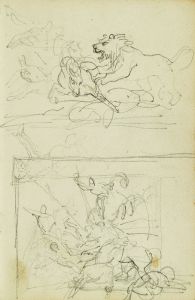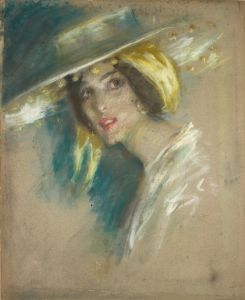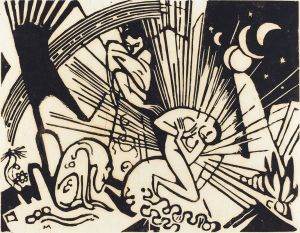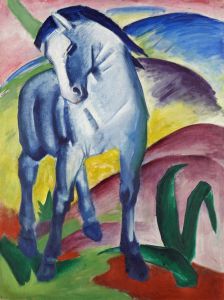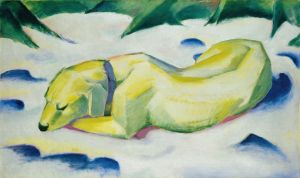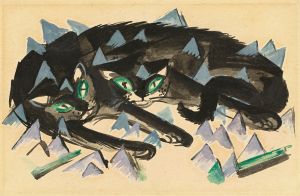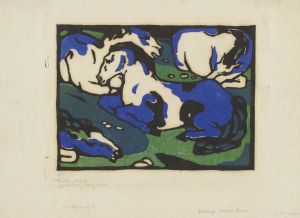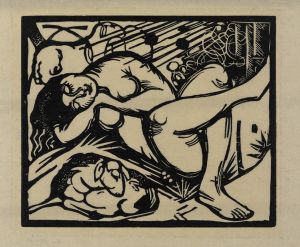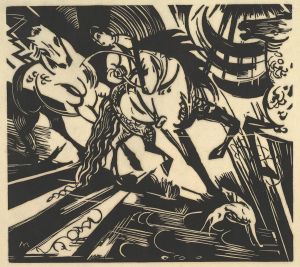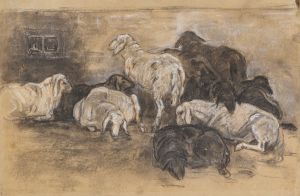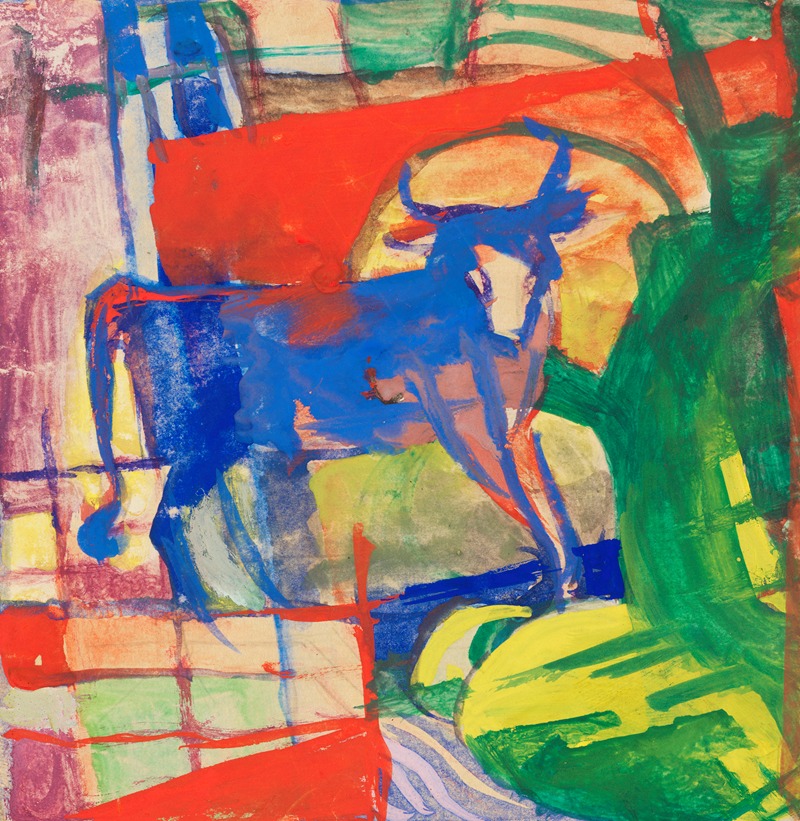
Blaue Kuh
A hand-painted replica of Franz Marc’s masterpiece Blaue Kuh, meticulously crafted by professional artists to capture the true essence of the original. Each piece is created with museum-quality canvas and rare mineral pigments, carefully painted by experienced artists with delicate brushstrokes and rich, layered colors to perfectly recreate the texture of the original artwork. Unlike machine-printed reproductions, this hand-painted version brings the painting to life, infused with the artist’s emotions and skill in every stroke. Whether for personal collection or home decoration, it instantly elevates the artistic atmosphere of any space.
Franz Marc's painting "Blaue Kuh" (Blue Cow) is a notable work by the German Expressionist artist, who was a key figure in the early 20th-century art movement known as Der Blaue Reiter. Marc, born in 1880 in Munich, was deeply influenced by his interest in animals and their spiritual significance, which is evident in many of his works, including "Blaue Kuh."
"Blaue Kuh" was created during a period when Marc was exploring the use of color to convey emotional and spiritual states. He believed that colors had symbolic meanings and could express the inner essence of the subjects he painted. In his color theory, blue was associated with spirituality and masculinity, which is reflected in the choice of color for the cow in this painting.
The painting depicts a cow in a stylized and abstract manner, characteristic of Marc's approach to form and color. The use of blue is dominant, and the cow is set against a contrasting background that enhances its vivid coloration. Marc's technique often involved bold, flat areas of color and simplified forms, which can be seen in the way the cow is rendered. This approach was part of his broader aim to move away from the naturalistic representation of subjects and towards a more symbolic and expressive style.
Franz Marc was a founding member of Der Blaue Reiter, an art movement that included artists like Wassily Kandinsky. The group was formed in 1911 and was named after one of Kandinsky's paintings, "The Blue Rider." The movement emphasized the use of color and abstraction to express emotional and spiritual truths, and it played a significant role in the development of modern art.
Marc's fascination with animals stemmed from his belief that they were more pure and spiritually connected to nature than humans. This belief is evident in "Blaue Kuh," where the cow is not just an animal but a symbol of a deeper, more harmonious existence. Marc's work often sought to transcend the material world and connect with a more profound spiritual reality, a theme that resonates throughout his oeuvre.
Unfortunately, Franz Marc's promising career was cut short when he died in 1916 during World War I. Despite his early death, his work has had a lasting impact on the art world, and "Blaue Kuh" remains an important example of his artistic vision and philosophy.
Today, Franz Marc's paintings, including "Blaue Kuh," are celebrated for their innovative use of color and form, as well as their ability to convey complex emotional and spiritual themes. His work continues to be studied and admired for its contribution to the Expressionist movement and its enduring influence on modern art.





